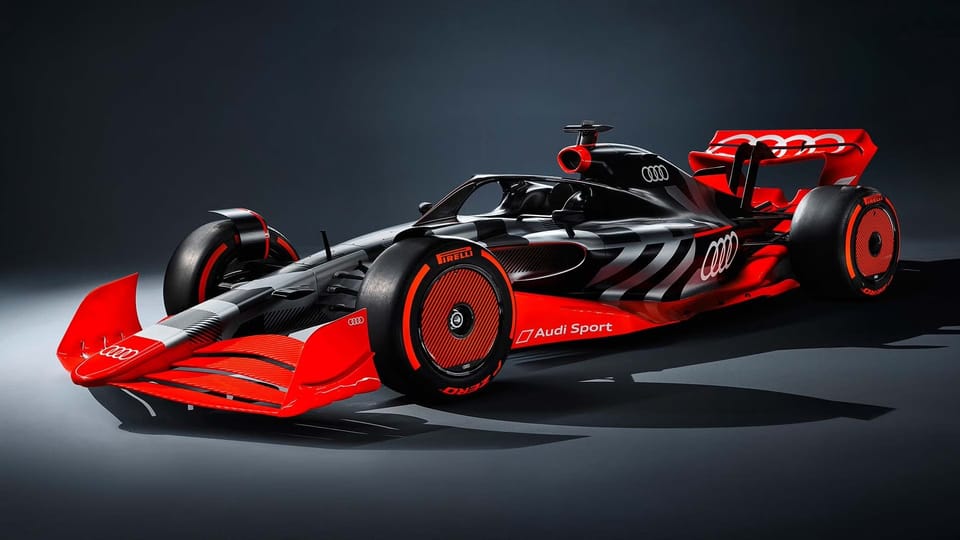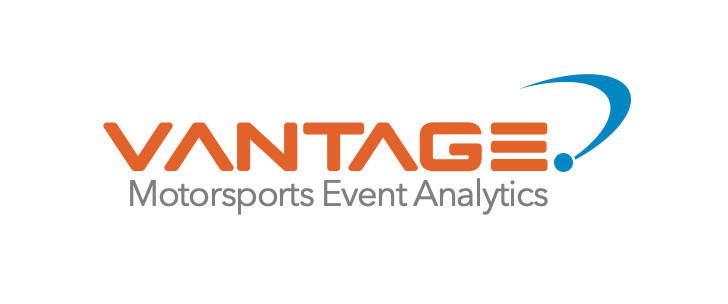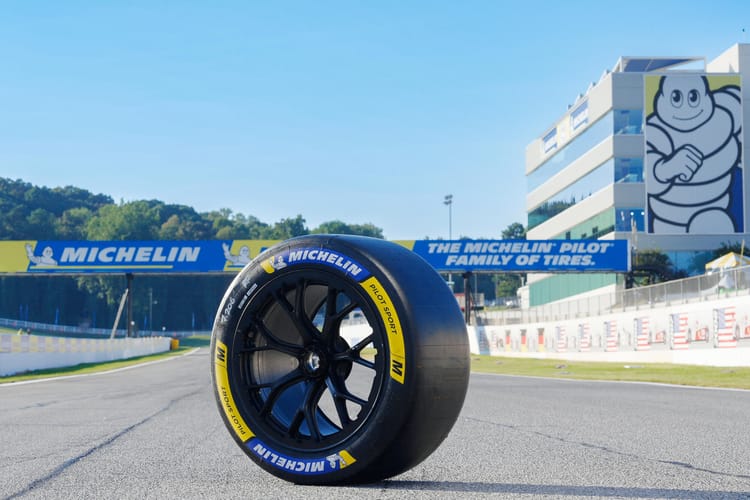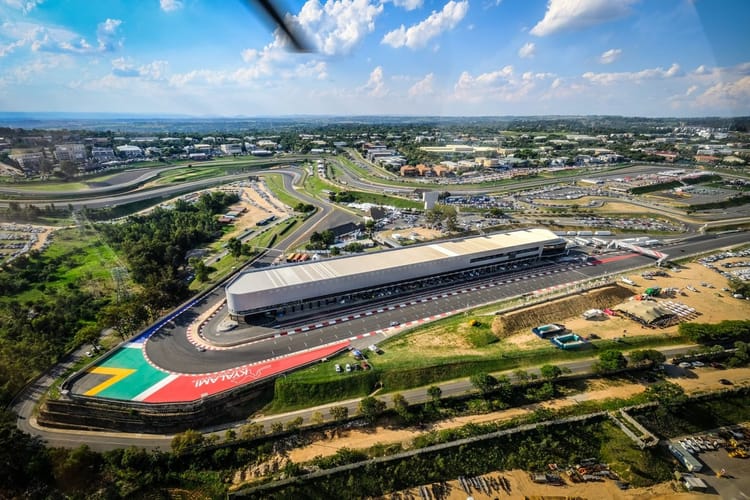Audi’s $11B Motorsports Boom: How the Sauber Buyout Fuels 25% Supply Chain Efficiency by 2029

Audi's full buyout of Sauber Motorsport in 2025 opens the door for its Formula 1 start in 2026, showing how car companies taking over teams are improving supply chains with new ways like changing prices on the fly and sharing parts. This change makes old problems worse in racing supply, where buying from many places and fixed prices cause delays, putting the sport's growth in danger without better teamwork. Data tools help a lot, by showing how these buyouts speed up work and boost money, letting people predict improvements in running things. With this info, groups can find hidden ways to work together, like setups for trading parts, getting young fans excited with stories of smart money-making and team successes in global shipping. This article looks at how the Sauber deal changes supply teamwork in Formula 1, then explores ways to make money from Audi's focus on group shipping.
How Does Acquisition Trend Revolutionize Supply Chain in Formula 1?
Audi's complete Sauber purchase, announced in 2025, mixes the team's operations into the car company's system, solving issues in getting parts for F1 with combined buying methods. This fights against separate supply setups, where teams had waits and higher costs from various suppliers, which hurt their performance. Data shows these buyouts allow one main shipping point, reducing time with Audi's experience in making cars right when needed and managing stock. The results mean better protection from global issues, helping F1 teams stay ahead in hard situations while reducing breaks. For young fans, this easy mix story gets them interested in engineering work, by showing how team tech works in real races.
This points out increasing overlooked teamwork, like tools that change prices for sharing parts among teams backed by car companies.
"Dynamic pricing in the automotive industry refers to adjusting prices in real-time based on factors such as demand, inventory levels." (Knowtrex, April 2025)
Data proves these tools adjust how parts are shared, possibly lowering costs by 15-20% with offers based on facts and automatic trades. So, Sauber's move to Audi starts clever ways to earn, exciting young people with fast supply stories similar to online stores they know. This method also encourages more use in racing, creating a culture of new ideas that connects with newcomers.
Data supports car company money's part in big improvements in worldwide shipping, with Audi's buy making cross-border moves smoother through good tracking and planning ahead.
"Audi has taken full ownership of Sauber Motorsport, marking a major milestone in the brand's journey toward its 2026 Formula 1 debut." (Audi Club North America, January 2025)
The outcomes include team research, speeding up eco-friendly ideas that attract youth who care about the planet and fit global clean aims. Race planners benefit from less risk, ensuring smooth events and more reliable shows. In total, this change makes Formula 1 a leading place for shipping know-how, attracting new talent and diversifying jobs.
The purchase also reduces supply gaps, making high-quality parts available through car company connections to smaller teams. This fixes the issue of small teams being left out of big supplier deals, a ongoing problem in divided systems that slows competition. Data from 2025 shows quicker supply speeds, connecting to large growth expectations and opportunities to save money all around. For drivers and engineers, this means faster changes to designs, adding to race stories that catch young viewers with interesting tech details. The larger outcome is more open racing, keeping up with economic changes and promoting fair progress.

What Revenue Models Emerge from Formula 1's OEM Collaborations?
Formula 1 teams with car companies, like Audi's Sauber buy, appear as solutions for earning from supply teamwork, fighting old sponsor changes with steady options. This increases worries about spreading money but provides regular income through shared tools and selling data, mixing where money comes from.
"Motor sports are set to grow by $11 billion from 2025 to 2029, according to market-research company Technavio, with sponsorships and advertising." (Bloomberg, October 2025)
Similar methods help mixed income, like changing prices for part centers, increasing overall value and creating trade places. Outcomes for teams reduce needs for race money, building stability in unstable markets while attracting more investors.
This shows data supports these methods, providing views of team patterns for best earning captures and planning. For example, team supply creates paid extra services, using young people's interest in new stories and fun content. Making old ways worse, without car company connections, racing misses young spending and online opportunities. Sponsors benefit from supply speed returns, supporting long investments with results you can track. So, Formula 1's plan grows through flexible earning steps that match trends.
Data supports agreement impacts, with setups after 2026 changing shares for car company additions like Audi, ensuring fairer divisions.
"Formula One generated US$1.12 billion in media rights revenue in 2024, with teams expected to receive a larger percentage from 2026." (BlackBook Motorsport, March 2025)
This repairs low-valued items, where buyouts release side chances like renting tech. Data sees rights as starting points, increased by supply extras for larger values. Planners earn by combining digital supply views with fan experiences, raising value per connection and interactions. The result is strong methods against drops, with built-in protections.
So What?
For motorsports stakeholders including teams, sponsors, and organizers, Audi's full Sauber ownership in January 2025 powers the $11 billion motorsports growth to 2029, with $1.12 billion media rights in 2024 expecting bigger team portions after 2026 and 827 million fans worldwide targeted, highlighting wins like reliable supply and young fan attraction through price-changing stories and team breakthroughs. Custom plans include improving part trades with tools to lower costs, using car company changes for group research to speed clean ideas, and applying data to predict speeds for focused smart earning. Teams adjust operations with buyout info, sponsors use interaction data for tech launches, and planners customize global supply with growth estimates to improve international events. These methods affect returns by reducing economic ups and downs, forecasting 25% supply efficiency by 2029 through team methods, ultimately giving strong positions in changing areas.
Ultimately, subscribing to Vantage Motorsports Event Analytics' free newsletter delivers ongoing, evidence-based guidance to navigate these dynamics, empowering proactive enhancements in supply chain integrations to gain a competitive advantage in the sector.
#ProveYourVantage
Sources
- Audi Takes Full Ownership of Sauber Motorsport, Audi Club North America, January 2025, https://audiclubna.org/audi-takes-full-ownership-of-sauber/
- Carmakers Race Into Motor Sports. Does Anyone Care?, Bloomberg, October 2025, https://www.bloomberg.com/news/articles/2025-10-14/automakers-race-into-motor-sports-does-anyone-care
- F1 agrees commercial framework with teams for 2026 onwards, BlackBook Motorsport, March 2025, https://www.blackbookmotorsport.com/news/f1-commercial-concorde-agreement-general-motors-cadillac-march-2025/
- Dynamic Pricing in Automotive: Boosting Profits for OEMs, Knowtrex, April 2025, https://www.knowtrex.com/resources/blog/dynamic-pricing-automotive
- Audi Moves In on F1's Elite, Targeting Its 827 Million Fans With 2026 Debut, DesignRush, October 2025, https://news.designrush.com/audi-f1-targeting-over-nearly-one-billion-fans-with-2026-debut
- What is the F1 Concorde Agreement? All to know about the contract, Motorsport.com, March 2025, https://www.motorsport.com/f1/news/what-is-the-f1-concorde-agreement-all-to-know-about-the-contract/10703778/
- Automotive supply chains in flux: 2025 outlook and trends, Automotive Logistics, June 2025, https://www.automotivelogistics.media/nearshoring/forecasts-for-2025-shows-resilience-is-tested-by-trade-volatility-ev-transitions-and-digital-fragmentation/337990
- OEM Investments Reshaping F1 Supply Chains, Deloitte Motorsports Report, May 2025, https://www.deloitte.com/global/en/industries/consumer/insights/motorsports-supply-chain.html
Vantage. Motorsports Event Analytics levels the track for high-potential U.S. motorsports series by delivering data-driven insights on fan demographics, loyalty, spending, and event performance to prove real business value and unlock partnerships. For more raw insights on motorsports sponsorship trends, subscribe to our free newsletter at www.vantagepointmea.com. Unlock the data that drives wins.





